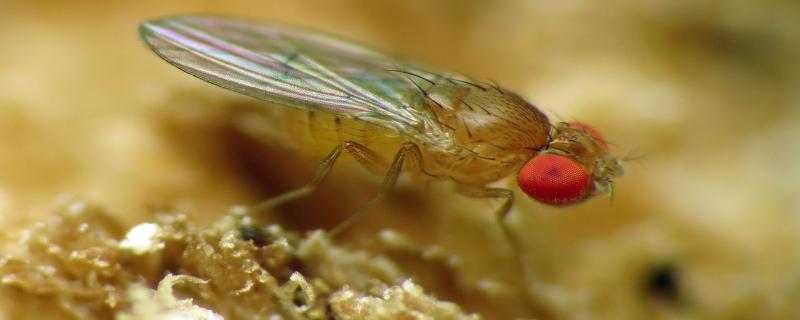In an earlier episode of The Joy of Science Shambhavi Chidambaram spoke to Professor Shravan Vasishth about, among other things, the joy of psycholinguistics. In this interview, Professor Vasishth talks in detail about teaching statistics and the need to understand uncertainty both to students and the general public. He is the author of “Shravan Vasishth’s Slog”, a blog about statistics. This interview has been edited for clarity and conciseness and has been run past Prof Vasishth for accuracy before publication.
New research reveals that cultural tolerance and political pressure, rather than just biological science, dictate the life or death of tigers in India and wolves in Germany.
Dehradun/




